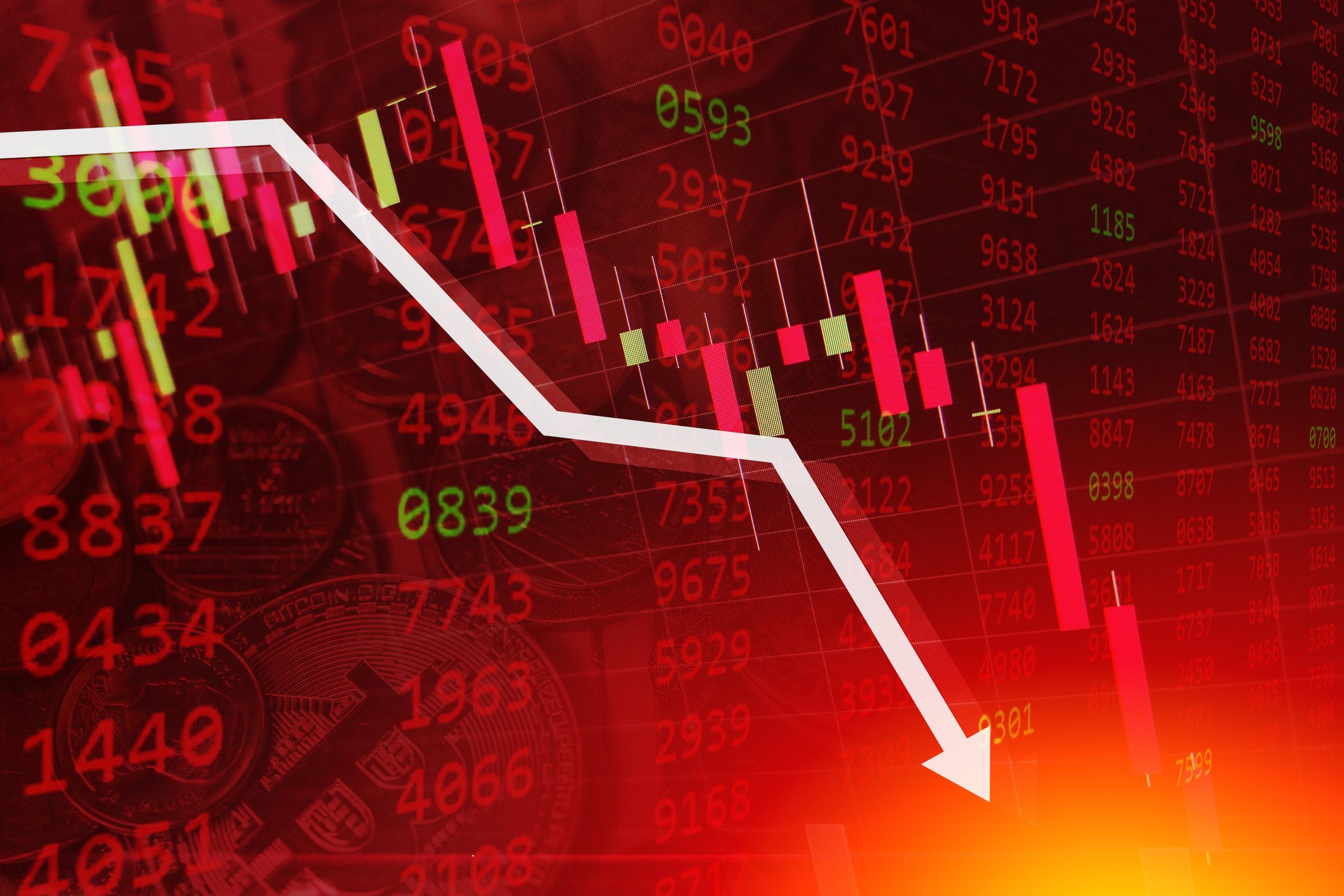Conagra Brands (CAG +0.50%) is likely to pop up on a lot of dividend searches today, given its lofty 7.2% dividend yield. That compares favorably to the S&P 500 index's (^GSPC +0.32%) scant 1.2% yield and the roughly 2.5% or so yield of the average consumer staples company.
Make sure you watch these key issues about Conagra before you buy it.
What does Conagra do?
Conagra is a consumer staples company that makes packaged food products. Some of its most notable brands include Slim Jim, Hunts, Healthy Choice, and Duncan Hines. With a market cap of around $9 billion, it is a large and important company, but hardly the largest food maker in the industry. In addition, a material number of its brands aren't the leading names in the sectors they serve. In fact, many of its brands would best be described as value brands.

Image source: Getty Images.
In other words, Conagra is a bit of a second-tier player in the packaged food space. There is absolutely nothing wrong with that, but it has some implications for the business. Conagra is more likely to be a follower than a leader, for example. And when quality is a consumer focus and not value, Conagra will likely be facing headwinds.
Some problems to watch
Watching Conagra's basic business model is the first big thing here, but it isn't the only thing to watch. Over the past year, the stock has lost a third of its value, which is a hint that the company is currently dealing with some issues. Notably, the company's gross profit margin has been trending lower since hitting a peak in 2023. The stock basically started to fall at about the same time as the company's gross margin started to shrink.
The company's revenue has also been trending lower in recent years. That suggests that the company's brand portfolio may not be hitting well with consumers today. That complicates the gross profit margin story, since the ability to spread costs over more sales is an important tool in improving margins. So there's a double headwind here.

NYSE: CAG
Key Data Points
The unfortunate thing is that the fiscal fourth quarter of 2025 didn't provide any uplifting news. For example, sales dropped 4.3% and organic sales were off by 3.5%. Both figures were worse than the comparable full-year fiscal 2025 numbers of a 3.6% sales decline and a 2.9% organic sales decline. Indeed, the situation looks like it may be getting worse, not better.
And Conagra also provided less-than-positive guidance for fiscal 2026. Organic sales are expected to be roughly flat, and the adjusted operating margin is projected to decline. Earnings are likely to be materially lower as a result. Not only do you need to closely monitor the business model, but you need to be prepared to watch as the currently weak performance continues for another year.
Conagra will survive, but is it worth buying?
Second fiddles achieve great success as companies all the time. But sometimes they struggle because they don't have differentiated businesses. That appears to be the case right now with Conagra.
It is highly likely that this company survives through this rough patch, but that probably won't be enough to make it worth buying for most investors. Particularly for conservative dividend investors, noting that Conagra's adjusted earnings dividend payout ratio could run as high as 80% in fiscal 2026. That's an unsettling figure and helps explain why there hasn't been a dividend increase announced since the second quarter of fiscal 2024.






